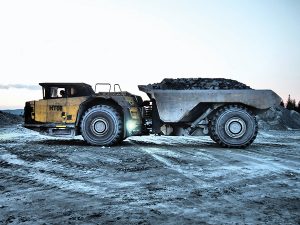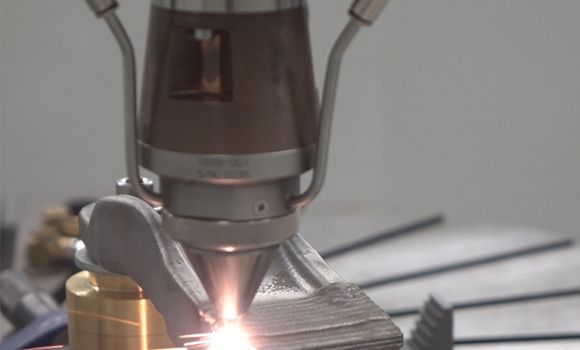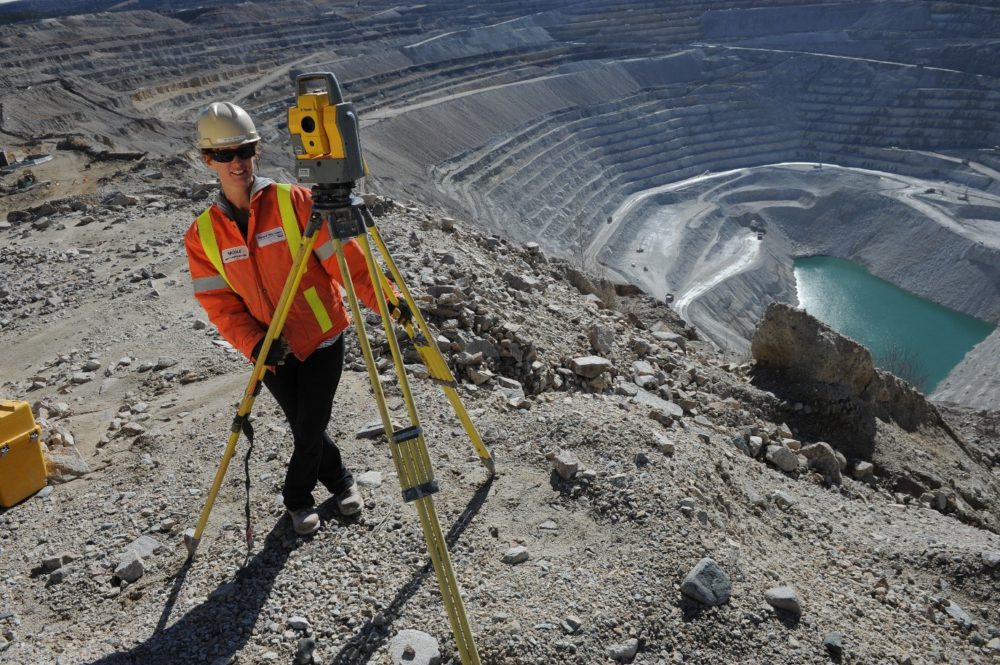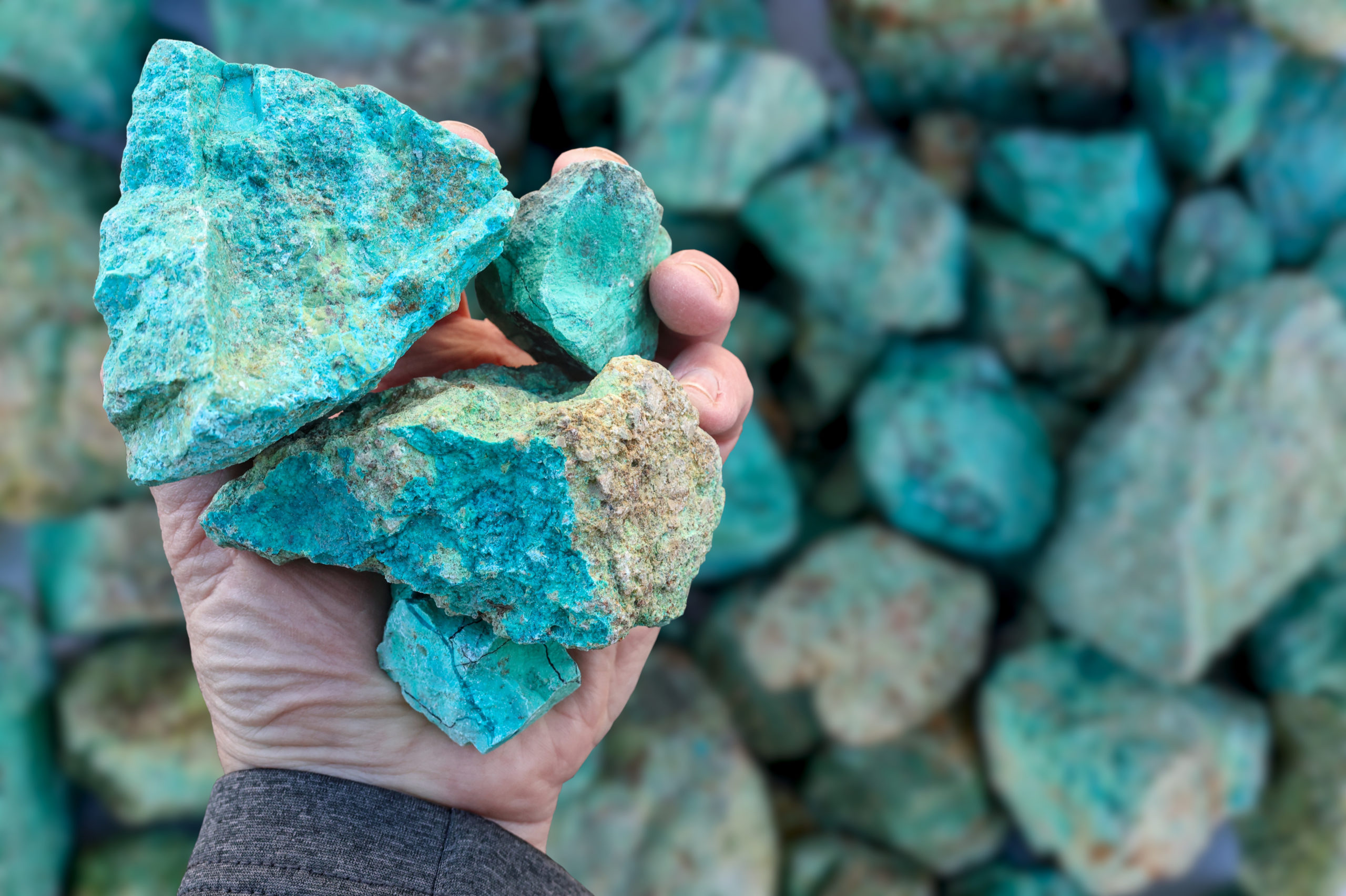Rambler plans expansion for Ming copper mine

The Ming copper mine is about to expand.
Rambler Metals and Mining is a small Newfoundland copper producer but the team of executives who run the company intend to more than triple the daily production from their underground Ming mine, which is located near the town of Baie Verte on the northeast coast of the province.
And they have put in place a solid plan to achieve that lofty goal.
Rambler put the mine into production in the fall of 2010 – after it had lay dormant for almost 30 years – and declared commercial production one year later. Since then, the company has been mining and processing 650 tonnes per day, but it is currently in the process of ramping up to 1,250 tonnes a day and the longer term goal is 2,000 tonnes daily.
“Our first milestone is to achieve 1,250 tonnes on a consistent basis by the end of this year,” says Rambler president and CEO Norm Williams. “What we’re looking at beyond that is how we can get to 2,000 tonnes to unlock more value.”
A subsidiary of New Brunswick’s Irving Oil Group developed the Ming mine and operated it from 1972 until 1982. The company mined a massive sulphide deposit down to a depth of about 762 metres (2,500 ft.), but had to cease operations after reaching the limits of its mining claims. When it failed to reach an agreement with an adjacent property owner, it mothballed the mine.
By the late 1990s, the claims on both properties had lapsed. Newfoundland- based Altius Minerals assembled the claims in one large package to avoid future disputes and began drilling from surface a promising deposit called the Lower Footwall. Altius created Rambler Metals & Mining to develop the property and funded it through a public share offering, but subsequently relinquished its interest.
Rambler de-watered the mine – pumping 1 billion litres (290 million gallons) of water out of it – in order to conduct underground drilling of the massive sulphide deposit and the Lower Footwall. The drilling revealed that the Lower Footwall is a much bigger orebody than the massive sulphide deposit, Williams says. It is 150 metres wide along strike and 30 to 40 metres thick on average and the grades increased as they drilled deeper into it.
Nevertheless, Rambler has been mining the massive sulphide deposit since putting the mine into production. The company has been processing ore at the Nugget Pond milling facility, which is located some 40 km from the mine. It was constructed in the mid-1990s as a gold processing facility, but Rambler acquired it in 2009 for $3.5 million and added a copper flotation circuit to handle ore from Ming.
Rambler is now beginning to mine the Lower Footwall deposit – the key component to boosting production to 1,250 tonnes per day. But before it could begin tapping that orebody, the company had to construct new ramps, some existing ones had to be enlarged and the company required additional outside financing to handle that level of capital spending.
In June 2016, CE Mining Fund II, a private investment firm based in the Cayman Islands, injected some $38 million (£20 million) in exchange for 72% of the outstanding shares in Rambler. “They are the controlling shareholder right now,” Williams acknowledges. “They see tremendous value that can be unlocked.
That’s why they invested. They’re five to ten-year money. They’ll get out of the stock when we create the value that Rambler is capable of creating.”
Rambler intends to issue a new National Instrument 43-101 report updating a 2015 prefeasibility study on Ming and confirming that the mine has achieved consistent production of 1,250 tonnes per day – two-thirds of which will come from the Lower Footwall. From there, the company will set its sights on boosting production to 2,000 tonnes a day. Williams says the company plans to release a feasibility study in the second half of 2018 outlining how it can get to 2,000 tonnes per day – then Rambler will go shopping for more capital.
Rambler will conduct a deep drilling program on the Lower Footwall to determine the full extent of the deposit. The company also has the option of re-commissioning a shaft, which the original operators sunk to a depth of 550 metres (1,800 ft.). However, the hoists and electrical works were stripped out when the mine was mothballed.
The Ming mine will remain Rambler’s cornerstone and Williams envisions a 20-year operation at 2,000 tonnes per day, but the company also has other irons in the fire. In February, 2012, Rambler acquired a 17% stake in Maritime Resources, a junior exploration company that owns the Hammerdown gold mine, which is also located in the Baie Verte area. It operated briefly before being closed in 2004, but a National Instrument 43-101 report concluded that the deposit could still yield between 360,000 and 480,000 oz. of gold.
And the company has one other prospect in its portfolio. In June 2016, Rambler completed the acquisition of Thundermin Resources and its Little Deer project, an advanced exploration copper property located in the same bay as the Nugget Pond facility.
“We have a great story with big scale-up opportunities,” Williams says.
“The demand is there. The world needs copper. We see supply shortfalls coming and we’re expanding at a time of upward lifting prices.”





Comments